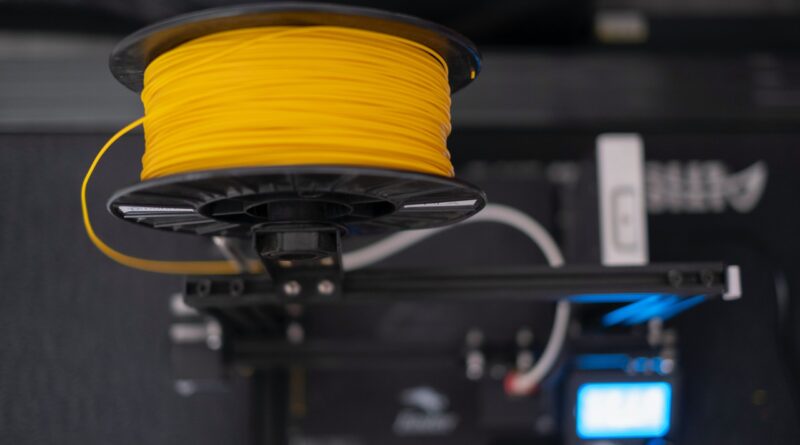PLA (Polylactic Acid) stands as one of the most popular 3D printing materials, known for its user-friendly properties and environmental benefits. I understand that choosing the right filament material can significantly impact your 3D printing success, and PLA offers an excellent starting point for both beginners and experienced users. Let me guide you through the essential properties of PLA filament to help you make informed decisions for your next 3D printing project.
Spis treści:
Physical Properties
PLA filament exhibits unique physical characteristics that make it particularly suitable for 3D printing. The material features a relatively low melting point of 180-220°C, which contributes to its ease of use and energy efficiency. The filament demonstrates good layer adhesion and minimal warping during printing, making it ideal for detailed models. Additionally, PLA offers impressive surface finish quality, allowing for smooth and aesthetically pleasing prints. When properly stored, PLA maintains its physical properties for extended periods, though it’s important to note its sensitivity to moisture.
Mechanical Properties
While exploring PLA’s mechanical properties, you’ll find it offers moderate strength and durability suitable for many applications. The material typically demonstrates a tensile strength ranging from 37 to 72 MPa, making it sturdy enough for most decorative and functional prints. However, PLA shows relatively low impact resistance and can become brittle over time. The material exhibits good layer bonding characteristics, contributing to overall print strength, but may not be ideal for parts requiring high flexibility or impact resistance.
Environmental Impact
One of PLA’s most compelling attributes is its environmental friendliness. As a biodegradable material derived from renewable resources like corn starch or sugarcane, PLA offers a more sustainable alternative to petroleum-based plastics. Under industrial composting conditions, PLA will break down within 3-6 months. During printing, it produces minimal toxic fumes compared to other materials, making it safer for indoor use. This combination of properties makes PLA an excellent choice for environmentally conscious makers.
Practical Applications
PLA finds its place in various applications, particularly excelling in projects requiring aesthetic appeal and dimensional accuracy. The material performs exceptionally well for architectural models, prototypes, decorative items, and educational projects. However, you should consider its limitations for outdoor use or applications involving high temperatures, as PLA begins to soften around 60°C. The material also proves excellent for intricate designs requiring fine detail, thanks to its low shrinkage rate and good bed adhesion properties.
Storage and Handling
To maintain optimal printing results, proper storage of PLA filament becomes crucial. The material readily absorbs moisture from the air, which can negatively impact print quality. I recommend storing PLA in airtight containers with desiccant packets to maintain its properties. If exposed to humidity, the filament may require drying before use to prevent printing issues like stringing or poor layer adhesion. When handled correctly, PLA filament can maintain its quality for several years, providing consistent printing results throughout its shelf life.
